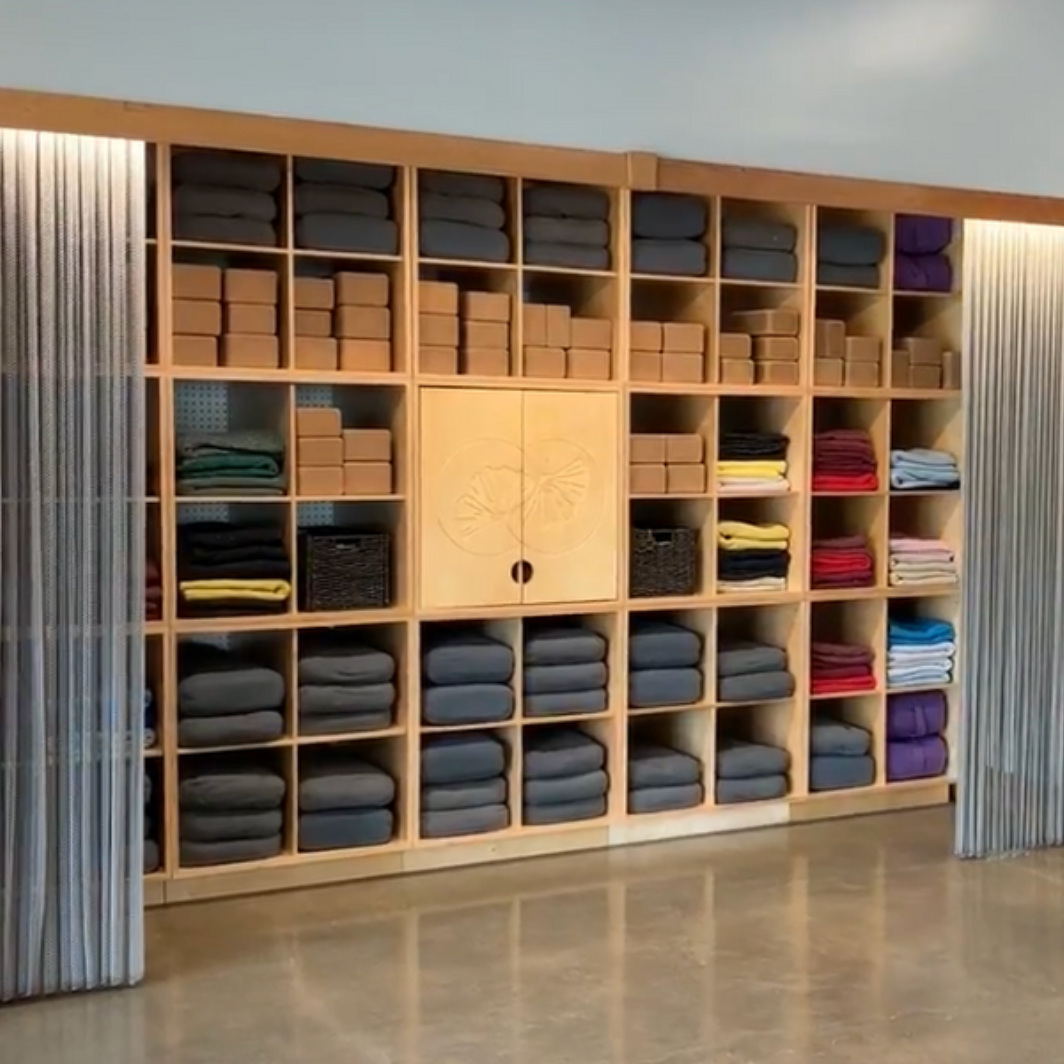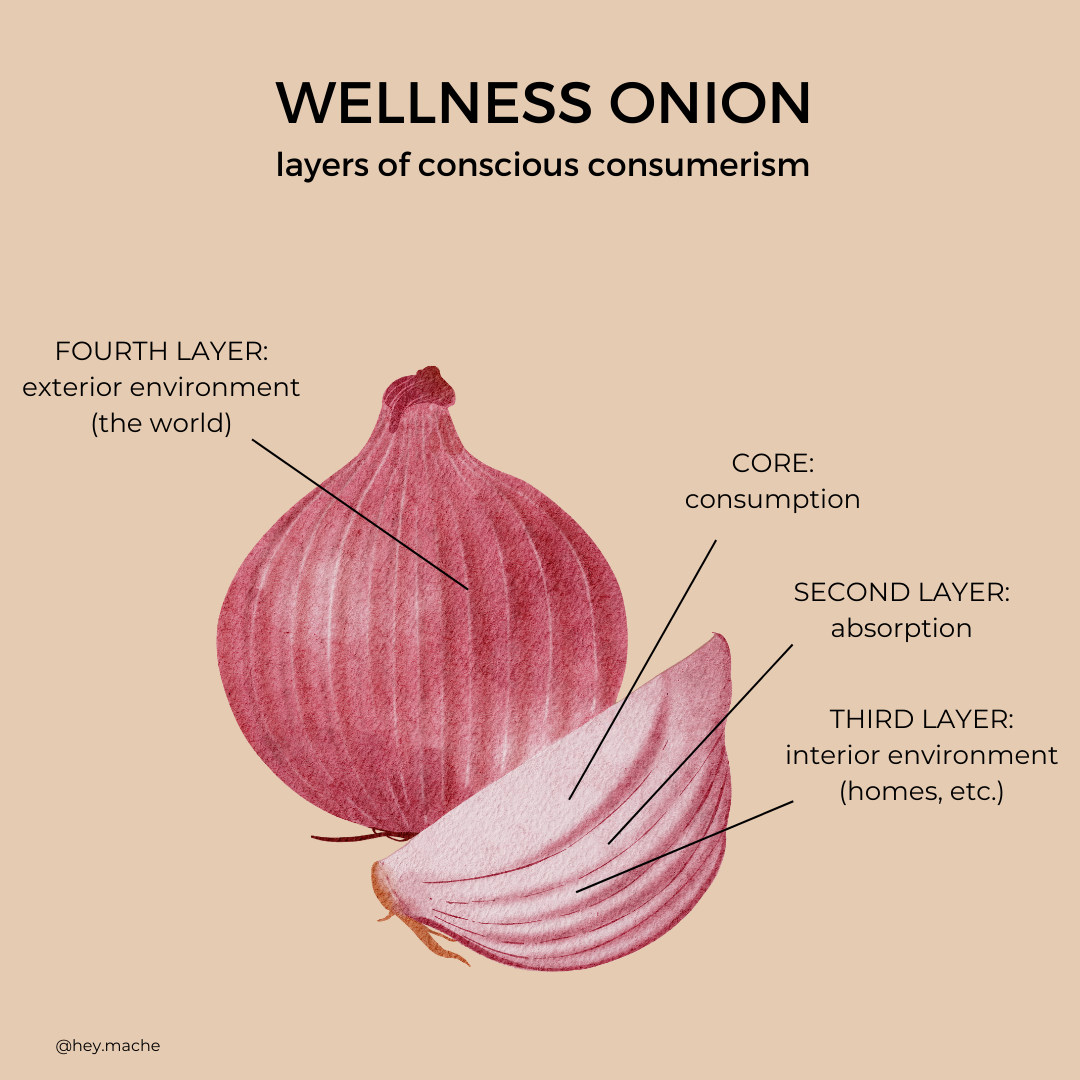Many sustainable companies tend to focus their communications on their recycled materials, packaging and planting trees for purchases when the true sign of how sustainable a company is can be found behind the scenes in their supply chain processes.
An effective, sustainable supply chain management is a crucial factor for companies wanting to become more environmentally friendly. Supply chains have often higher environmental impact than any other part of the company’s operations and for that reason, paying attention to them is vital.
What Makes a Supply Chain Sustainable?
A Supply chain is the network of processes in the creation and sale of any good. The fundamental steps of a supply chain are:
1. Sourcing raw materials
2. Refining those materials into basic parts
3. Combining the basic parts to create a product
4. Order fulfillment/sales, product delivery
5. Customer support
6. Return services
Simply, a supply chain can be defined as the network between a company and its suppliers that produce and distribute products to the final buyer. To perform effectively, supply chains require various different activities, people, entities, information and resources. The primary reason why companies develop these chains is that they can reduce their costs and remain competitive in the business landscape.
The world is full of supply chains operating all hours of the day from different industries, and sadly, the majority of them are still not sustainable enough to prevent environmental issues. To be truly sustainable, a supply chain has to operate within the thresholds imposed by nature and society. As we see climate change become more apparent it’s clear that as a society our daily actions simply cannot be supported by our planet in the long term.

Each step of the supply chain has a significant impact on people and the planet. Fixing all the issues related to unsustainable supply chains will be challenging as many current supply chains include unsustainable practices in regards to material sourcing and unethical manufacturing practices. Often, improving sustainability throughout the supply chain translates to lower profit margins.
To get started, Companies must identify their environmental risks to be able to minimize them. Production of waste, overconsumption and unsustainable energy use are environmental risks that should be cut to a minimum from the supply chain. When the major environmental risks are minimized, companies can focus on making their entire supply chains sustainable and transparent for their customers.
Blockchain Applied to Sustainable Supply Chains
An effective way to improve the supply chains is to use blockchain. A blockchain is a type of database, according to Deloitte, that offers a way to record transactions and any digital interaction that is designed to be secure, transparent, highly resistant to outages, audit-able, and efficient. Blockchain is a digital, distributed transaction ledger that is stored and maintained on multiple systems belonging to multiple entities sharing the responsibility of storing, maintaining, and validating the information present on the blockchain.
When applied to supply chain processes, blockchain would allow for stakeholders, including retailers, to access the secure data from previous blocks such as the temperature control, product origin or any other critical information, which gives them valuable information into the supply chain operations.
How Blockchain Makes Supply Chains Sustainable
Here are some of the top sustainable benefits achieved from applying blockchain to supply chains:
- Increasing transparency
- Enabling faster and more cost effective delivery of products
- Enhancing products’ traceability to ensure the standards are met
- Improving coordination between partners
- Aiding access to financing
Blockchains are also important factors for companies to help them understand how ingredients and finished products are passed through each subcontractor. By using blockchain, the efficiency across all operations can be enhanced therefore, making the management of the supply chain easier. According to Sustainability Times, blockchain is the key factor for sustainability because it helps to foster collaborations between consumers and producers by assisting people in adopting more sustainable lifestyles and business practices.
It’s obvious that most companies operating today are not operating sustainably. Many of these companies are expected to make changes in their operations and especially in their supply chains to provide sustainable processes, products and services. According to the UN, “In May 2020, more than 150 companies — with a combined market capitalization of over US$ 2.4 trillion and representing over 5 million employees — signed a statement urging Governments around the world to align their COVID-19 economic aid and recovery efforts with the latest climate science. These companies, as part of the Science Based Targets initiative, are calling for policies that will build resilience against future shocks by supporting efforts to hold global temperature rise to within 1.5°C above pre-industrial levels, in line with reaching net-zero emissions well before 2050.”

When a company decides to make their supply chain sustainable, they must change their supply chain management strategy to follow sustainable practices. There are four broad strategies for supply chain management, which include:
- Legal
- Ethical
- Responsible
- Sustainable
These strategies are in hierarchical order, which means that if a supply chain is responsible, it must also be legal and ethical. Sustainability however, is a last factor in the hierarchical order meaning that if a supply chain is responsible, it doesn’t automatically mean it’s sustainable as well. A supply chain can only be sustainable if its activities can be supported by nature and society over the long term. To make the supply chain sustainable, it has to be legal, ethical and responsible first. When these factors are met, the company can focus on making the supply chain lifecycle completely sustainable from the moment when raw materials are sourced to the moment the products are sold.

As a sustainable business, our team at Mache is constantly weaving eco-friendly practices into every single aspect of our work. From the supply chain to the office, team, product, marketing practices and more we work tirelessly to ensure we practice what we preach. Our materials are locally sourced made from non-toxic recycled materials, built to last and shipped using recycled cardboard packaging without containing any plastic. Through our communications we strive to be transparent on our journey to becoming the most sustainable company in the wellness and home goods industry.
Want to learn more? Discover what Coronavirus taught us about Sustainability!



















